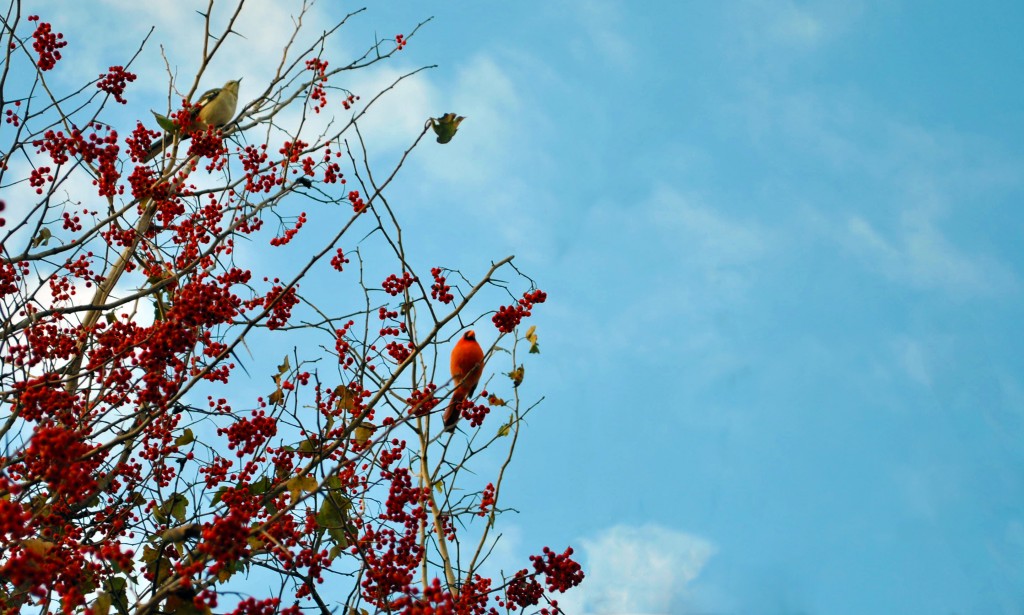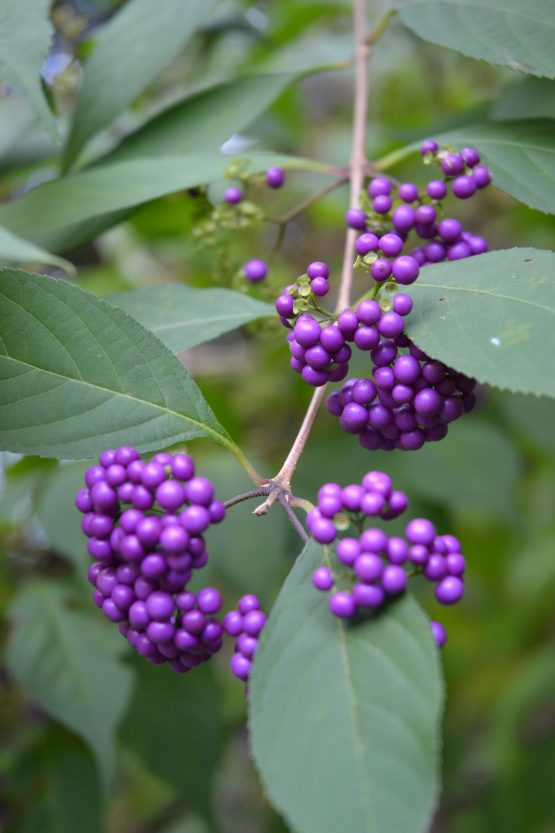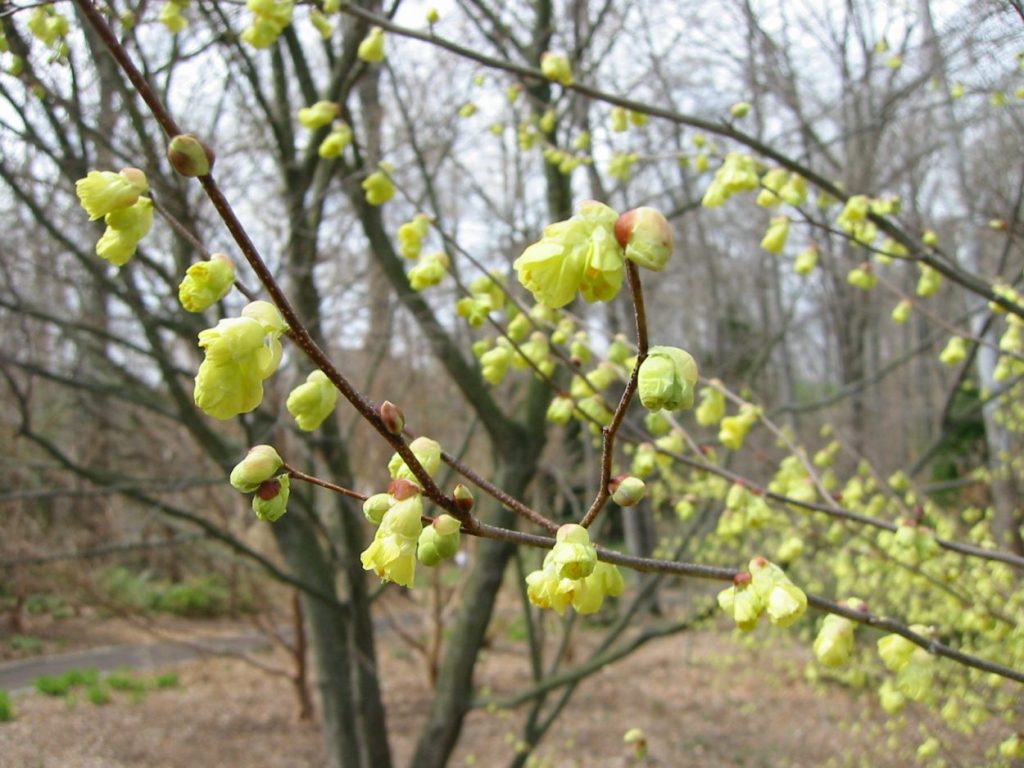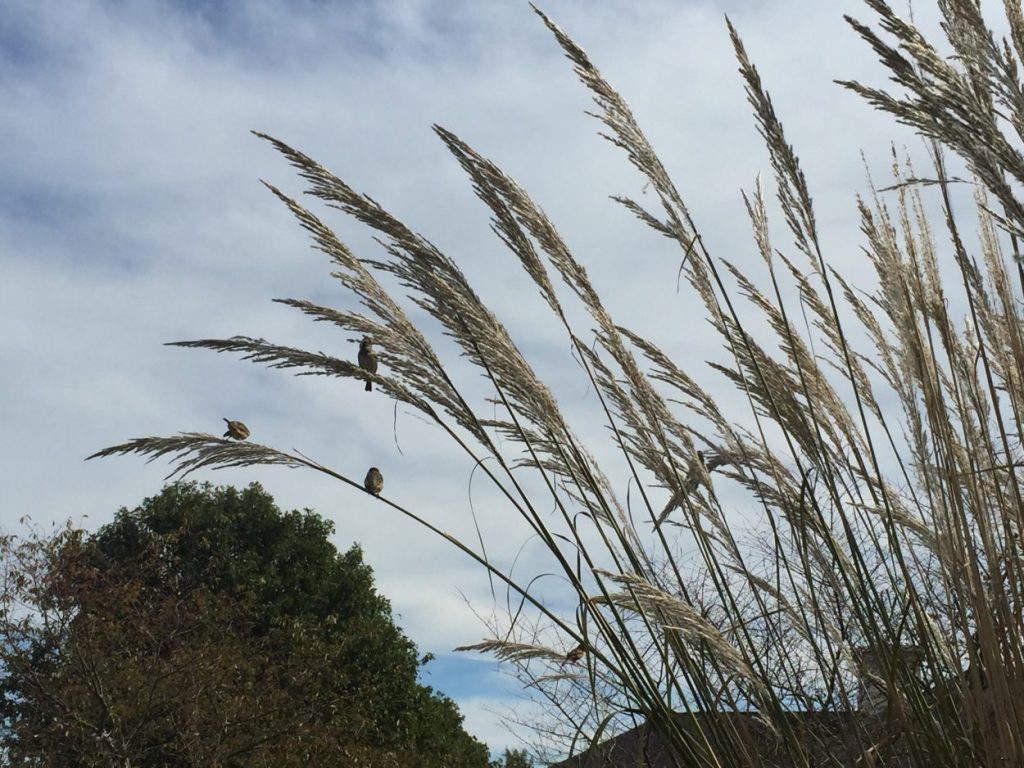Attracting Wildlife in Winter
Attracting Wildlife to Your Winter Garden
Although some animals migrate for the winter, there are many species that remain in the Richmond area over our coldest months. Non-migratory birds, mammals, reptiles, amphibians, and even insects can benefit from a backyard environment that supports them over the winter. Wildlife needs food, shelter, and water year-round. It is fairly easy to add these elements to your garden to support wildlife and attract them to your winter garden.
Save the Seeds
Although you might have the urge to tidy up your garden in the fall by cutting back perennials and grasses, try to resist the temptation! Leaving seed heads on your plants will provide food for non-migratory birds. Ornamental grass such as switchgrass (Panicum virgatum), not only provides food and shelter for wildlife, but cultivars such as ‘Shenandoah’ and ‘Ruby Ribbons’ have lovely red fall foliage and are pleasantly deer resistant. Perennials such as black-eyed Susan (Rudbeckia), joe pye weed (Eutrochium dubium), and aster (Symphyotrichum) are late summer and fall blooming plants that will hold their seed heads through much of the winter. Pines and cypress are cone bearing plants that will provide seeds for the birds to enjoy. Birds also especially like plants that produce winter berries. American holly (Ilex opaca) is a great choice because their berries ripen later in the winter, after many of the other berried plant have been picked over. If you are looking for a change from the common red berries of hollies, try adding some variety to your landscape with the native beauty berry (Callicarpa americana), which has bright purple berries. Also, junipers will produce silvery-blue berries that have a pleasant fragrance.
In Richmond landscapes, broad leaf evergreens as well as conifers will also provide much needed shelter for birds during our infrequent snows. These plants do double duty in providing habitat as well as the backbone for any garden design. They are the structural showstoppers that look great with a light dusting of snow cover.
Provide Pollen
Of course, winter blooming plants are a delight when their colors pop against a gray winter sky. These plants are naturally pollinated by animals that are active in the winter. Insects such as native bees will leave their hives during the warmer winter days in search of pollen and nectar. Buttercup winter hazel (Corylopsis pauciflora) is a shrub that blooms in late winter. This witch hazel relative has extremely fragrant yellow flowers. Japanese camellia (Camellia japonica) is a broad leaf evergreen shrub, with rose-shaped flowers that bloom mid to late winter. Multiple cultivars of camellia are readily available in the nursery trade in shades of white, pink and red.
Leave the Leaves
Many mammals, birds, reptiles, and amphibians will overwinter underground or in leaf and debris piles. While some of these can be pests for the garden, reptiles such as snakes are very beneficial to control rodents in the garden and around the home. To provide a winter home for these animals, choose an area of your yard to leave the fall leaves and create small piles of twigs and sticks for animals to burrow underneath. However, it is important to make sure that leaves and mulch are not piled up against the trunks of trees. Overwintering rodents might chew the bark of trees as a winter food source, girdling the tree and killing it in the spring. Raking leaves and mulch a few inches away from the tree trunk can help to prevent this.
Water can be provided by birdbaths in the early winter. As the winter progresses, be sure to empty pottery birdbaths and either turn them over or bring them indoors to avoid the water freezing and cracking your container.
This article was first published in Richmond Magazine.



